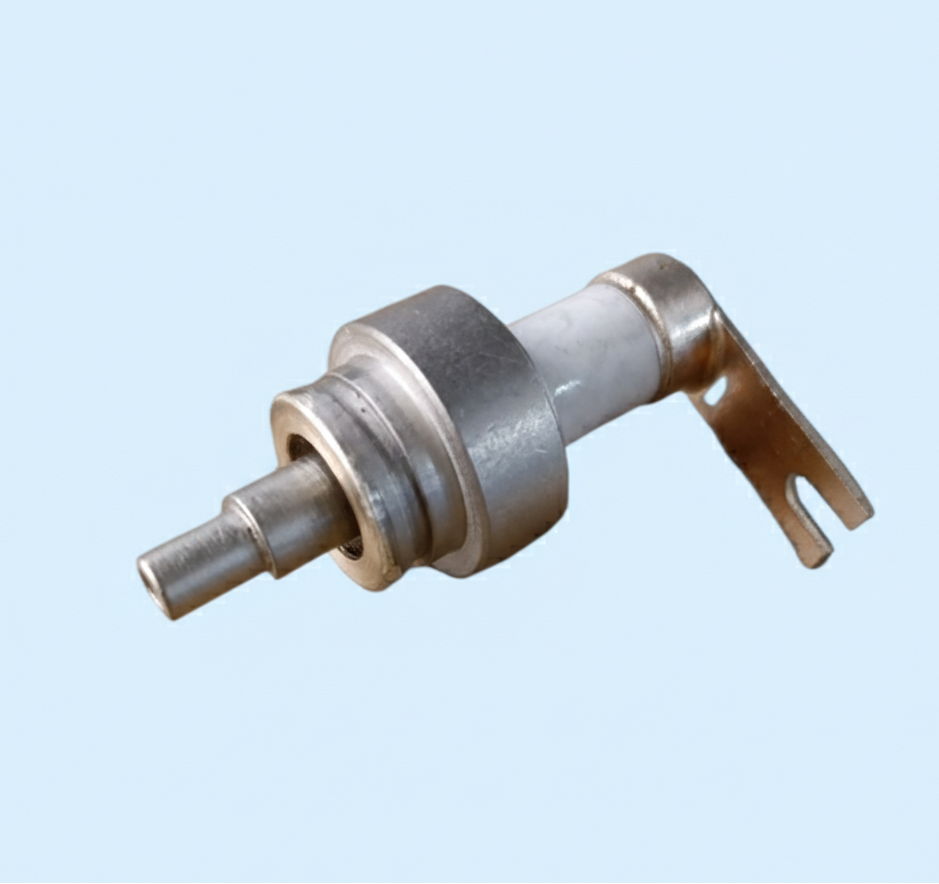
Creates Strong, Hermetic Seals: Brazing produces a gas-tight bond, which is crucial for vacuum and pressure applications.
Accommodates Dissimilar Materials: It effectively joins ceramics to metals (e.g., alumina to copper) despite their differences in thermal expansion.
Low Joining Temperatures: The process is done at temperatures below the ceramic's melting point, preventing material degradation and excessive internal stresses.
High Strength and Reliability: The resulting joint is highly reliable, with excellent mechanical strength and resistance to high operating temperatures.
Versatile Applications: The technique is essential for components in aerospace, electronics, medical devices, and high-vacuum technology.
Minimal Impact on Properties: Brazing preserves the ceramic's desirable properties like electrical insulation and corrosion resistance.
Successful ceramic brazing depends on strict control of process parameters and material selection, ensuring joint strength and stability.
• Brazing Alloy Selection:
The alloy must match the ceramic material and application requirements. Common options include:
(1) Active Brazing Alloys: Ti-based alloys (e.g., Ti-Cu-Ni, Ti-Zr-Cu) for high-temperature applications.
(2) Precious Metal Alloys: Ag-Cu-Ti alloys, suitable for medium-temperature brazing of alumina and zirconia ceramics.
(3) Non-Active Alloys: Used with metalized ceramics, such as Cu-Zn and Ni-Cr alloys.
• Critical Process Parameters:
(1) Temperature: Typically ranges from 600°C to 1200°C, depending on the alloy’s melting point. Excessive temperature may damage ceramics, while insufficient temperature leads to poor wetting.
(2) Holding Time: Generally 5-30 minutes, allowing full reaction between the alloy and ceramic surface without excessive interdiffusion.
(3) Atmosphere: Vacuum or inert gas (A2, N2) environments prevent oxidation of the brazing alloy and ceramic surface, ensuring joint quality.
Ceramic brazing has been widely applied in various high-tech fields due to its ability to combine ceramics’ advantages with metals’ ductility.
• Aerospace and Automotive Industries:
(1) Brazed ceramic-metal components (e.g., Al2O3 ceramic nozzles, ZrO2 thermal barrier coatings) are used in jet engines and automotive exhaust systems, withstanding high temperatures up to 1200°C and reducing weight.
(2) Ceramic sensors (e.g., oxygen sensors) brazed to metal housings ensure accurate measurements in harsh environments.
• Electronics and Semiconductor Fields:
(1) Brazed ceramic substrates (e.g., AlN, Si3N4) are used in power electronic modules, providing excellent heat dissipation and electrical insulation for high-power devices like IGBTs.
(2) Ceramic vacuum interrupters, brazed with copper electrodes, are essential in high-voltage switches, ensuring reliable operation in vacuum environments.
• Medical and Energy Sectors:
(1) In medical devices, brazed alumina ceramic joints are used in dental implants and surgical instruments, offering biocompatibility and corrosion resistance.
(2) In nuclear energy, SiC ceramic fuel claddings brazed to metal tubes enhance safety and durability under high-radiation and high-temperature conditions.